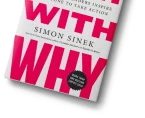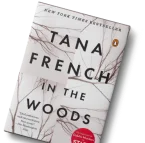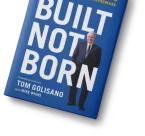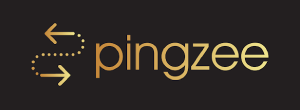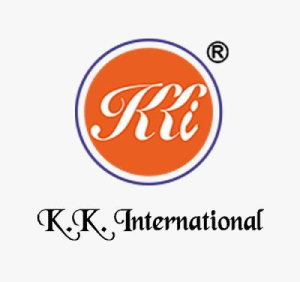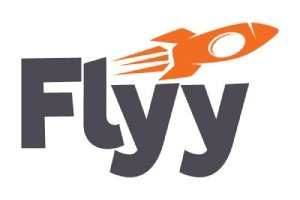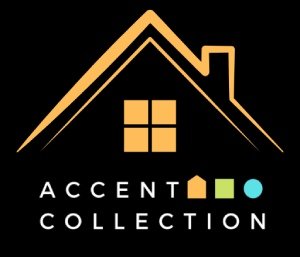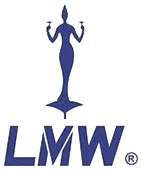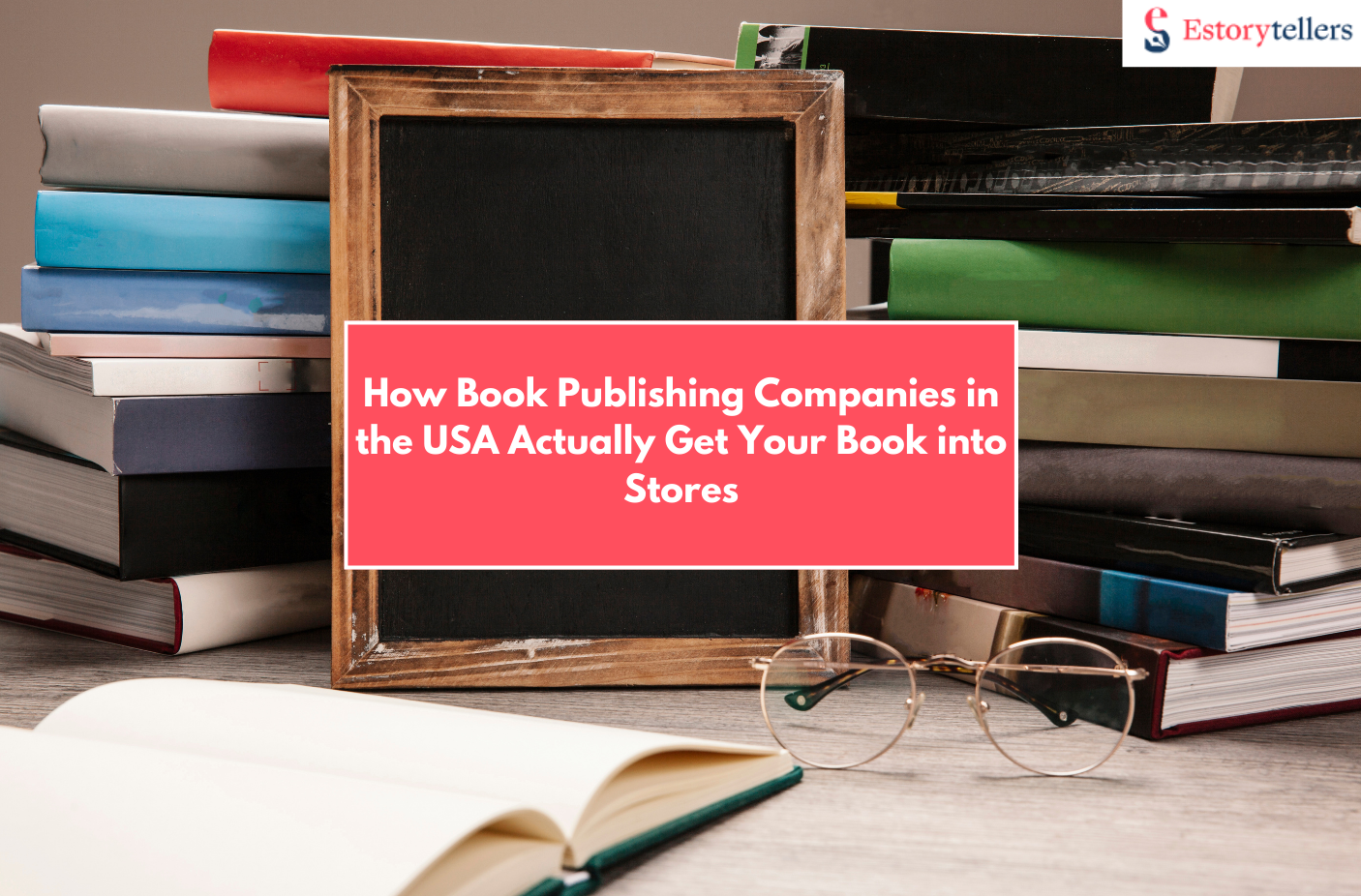
Choosing the right book publishing company in the USA goes beyond logos. True value comes from verified distribution, library access, and bookstore placement. Top companies handle BISAC categorization, ARC delivery, cataloging, and digital availability while guiding authors through pricing, returns, and academic adoption processes. Estorytellers helps authors vet US book publishing companies, ensuring your book reaches the right shelves, platforms, and readers without wasted effort or hidden pitfalls.
This guide explains the real mechanics of US book distribution:
- What “availability” versus “sales representation” really means.
- What bookstore buyers require before they’ll commit.
- How libraries decide which titles to purchase and circulate.
- What drives academic adoptions at universities and colleges?
By the end, you’ll know exactly what questions to ask any book publishing company or house in the USA and how to separate marketing fluff from distribution proof.
This guide is prepared by Estorytellers, a US-focused publishing partner with 100+ titles successfully managed through trade distributors, libraries, and academic channels. Our team includes a former trade distributor account manager and an ex-collection development librarian, ensuring real-world expertise behind every insight.
Bring Your Book to Life
Estorytellers helps authors with editing, formatting, and distribution, making your book ready for readers worldwide.
Distribution in the US: Availability Does Not Imply Sales Representation
When evaluating a book publishing company in the USA, one of the biggest misconceptions is assuming that “availability” is the same as real distribution. The truth is that these are two very different levels of market access, and understanding the difference can save authors from unmet expectations and wasted investments.
The two levels you must distinguish
- Availability (Database Listing):
Availability means your book is uploaded to a database like Ingram or Amazon. It becomes discoverable and technically “orderable” by bookstores, libraries, or readers searching for it. However, no one is actively promoting it. Availability is the bare minimum; it ensures your title exists in the system, but does not guarantee any sales. - Sales Representation (Active Sell-In):
Sales representation is where the real work happens. A professional sales team, often part of a legitimate book publishing house or distributor, actively pitches your book to bookstore buyers. They showcase your title in seasonal catalogs, highlight it during sales calls, and negotiate placement with national chains and indie stores. This is what transforms a title from “listed in a database” to “on a bookstore shelf.”
Too many publishing companies in the USA blur this line by advertising “distribution” when they only mean database availability. But only sales reps can drive meaningful orders, establish store relationships, and generate placement.
What real distribution looks like
A credible book publishing company in the USA will provide more than a listing. Real distribution includes:
- Trade discounts & returns: Setting bookstore-friendly discounts (typically 40–55%) and offering a clear returns policy. Without this, most stores won’t order.
- Seasonal cycle metadata: Delivering accurate metadata, cover images, and descriptions, packaged in sell sheets that follow the publishing industry’s seasonal sales cycle.
- Inventory planning: Creating a clear plan for stock levels, reprints, and proofing to ensure titles don’t run out during active selling seasons.
- Purchase orders: Securing confirmed orders from bookstores following sales rep presentations.
- Rep notes: Providing post-call notes that summarize buyer reactions, objections, and next steps.
These elements separate true distribution partners from vanity presses or self-publishing platforms that stop at database listings.
Proof asks for any publisher/house
Before signing with a publishing company in the USA, protect yourself by requesting tangible proof of distribution. Ask for:
- Sanitized buyer presentations: samples of how titles are pitched to major retailers.
- Seasonal catalog pages: prove your book will be included in the same materials presented to buyers.
- Sell-in summaries: real-world outcomes of comparable titles handled by the publisher or distributor.
If a company cannot provide these, it likely does not offer real sales representation.
Expert Insight
Quote From Distribution Director, Write Right:
“Listings let a store find you; reps make a store choose you.”
This distinction is critical. Any company can make a book “findable.” Only professional reps, supported by legitimate publishers, make it “chosen” and stocked.
Distribution Reality Map
| Availability (Database Listing) | Sales Representation (Active Sell-In) |
| ISBN + metadata in Ingram/KDP | Seasonal catalog placement |
| Trade discount set | Dedicated sales rep pitching buyers |
| Book is orderable if searched | Buyer meeting notes + confirmed POs |
| Retailer keywords/BISAC codes | Sell sheets tailored to category buyers |
This table highlights exactly what you should expect from a book publishing house that promises distribution. If they only talk about ISBNs, metadata, and keywords, that’s availability, not sales representation.
Estorytellers Case Study
One indie memoir author came to Estorytellers frustrated: their book was “available” via a wholesaler but had sold almost no copies. We transitioned the title to a distributor with full rep coverage. Within the first seasonal cycle, the book earned:
- 18 confirmed indie bookstore orders, and
- Placement in two regional retail chains.
This case shows the difference between simply existing in a database and being actively represented to the market.
[Read The Complete Case Study]
From Manuscript to Market
We manage the publishing process from cover design to global distribution, so your book reaches the right audience seamlessly.
Bookstore & Retail Expectations: What Buyers Actually Need
When authors dream of seeing their books on bookstore shelves, they often underestimate how rigorous and structured the buying process really is. Bookstore buyers think like investors: they want clear signals that your book will sell quickly and profitably. At Estorytellers, we’ve seen countless manuscripts rejected not because of weak content, but because the sell-in package lacked professionalism and retail-readiness.
Pre-Sell Requirements
Before a buyer even considers your book, they expect certain professional elements in place:
- A Compelling Cover: The cover is your book’s first salesperson. Amateur design is an instant red flag, while a professionally designed cover communicates genre, tone, and sales potential at a glance.
- Correct BISAC Categories: Bookstore databases rely on BISAC coding for placement. Mislabeling can bury your book in irrelevant sections or make it invisible during inventory searches.
- ARC Distribution: Buyers expect to see ARCs (Advance Reader Copies) 4–6 months before publication. This allows time for internal reading, review circulation, and potential early buzz.
- Recognizable Blurbs & Reviews: Endorsements from credible names, authors, or media outlets establish trust. Without them, your book looks untested.
- Competitive Pricing: Pricing must align with comparable titles in your category. Too high, and readers won’t pick it up; too low, and bookstores suspect quality issues.
- Co-op Placement Reality: Premium in-store placements, front tables, endcaps, and window displays are rarely offered for debut authors. These slots are usually paid co-op opportunities and reserved for high-volume, publisher-backed titles.
Sell-In Windows & Formats
Bookstores don’t order year-round. They purchase seasonally in alignment with catalogs and publishing cycles. Missing the order window can delay your book’s availability by months. That’s why Estorytellers helps authors align their catalog entries with seasonal buying schedules.
- Returns Are Non-Negotiable: US bookstores expect standard return policies. Anything less than a 40% discount or no-return terms is grounds for rejection.
- Format Alignment: Paperback vs. hardcover decisions must match the store’s audience. Some indie bookstores prefer paperbacks for easier turnover, while chains lean toward hardcovers for prestige categories.
Reach Readers Worldwide
Estorytellers ensures your book is available on Amazon, IngramSpark, and other platforms for maximum visibility and sales.
Events & Consignment Sanity
Bookstore events are highly sought after but rarely granted without a proven local audience or press angle. Buyers ask: “Will this author bring people into my store?”
- Author Events: A local connection (e.g., alumni ties, hometown, or niche community appeal) can increase approval odds.
- Consignment: Indie bookstores may take local titles on consignment, but large retailers rarely do due to inventory complexities.
Retail Strategist (Estorytellers):
“Buyers are asking one question: Will this turn efficiently in my store? If the answer isn’t obvious in your sell sheet, you’ve lost before you’ve begun.”
Retail Expectations Checklist
- Sell sheet with ISBN, price, discount, return policy
- ARC timing (4–6 months pre-pub)
- Blurbs/review coverage in hand
- Co-op budget clarity
- Author event pack (bio, press, local hook)
Testimonial (Estorytellers Author):
“Our revised sell sheet plus a local PR angle turned a hesitant ‘maybe later’ into a 20-copy trial order at a regional indie bookstore.” — Author, Portland
Library Pathways: How to Earn Shelf Space & Digital Borrows
Libraries operate on entirely different principles from bookstores. Their mission isn’t immediate profit, but community service, literacy, and circulation. Still, competition for shelf space is fierce, and librarians demand professional, verifiable signals before approving acquisitions.
Collection Development Basics
Instead of buying directly from publishers, libraries order primarily through wholesalers like Baker & Taylor or Ingram Library Services. To get into their ecosystem, authors need:
- Professional Reviews: Coverage in Library Journal, Kirkus, Booklist, or School Library Journal is highly valued. Librarians rely on these trusted sources over consumer reviews.
- PCIP/CIP Data: Cataloging information embedded in your book ensures easy integration into library systems. Without it, your book may be rejected outright.
- Patron Demand: Many library purchases are driven by patron requests. The stronger your reader community, the higher your chances.
- Multiple Formats: Libraries increasingly prioritize eBooks and audiobooks on platforms like OverDrive, Hoopla, and Libby.
What Boosts Selection Odds For a Book Publishing Company in the USA
Estorytellers works with authors to position their books with optimal visibility and metadata, because small tweaks can dramatically change acquisition odds:
- Strong Metadata: Correct subject codes and keywords improve discoverability.
- Library-Friendly Pricing: Price points should align with institutional budgets too high, and orders stall; too low, and credibility is questioned.
- Review Visibility: Librarians won’t gamble without at least one professional review signal.
- Catalog Readiness: Proper PCIP or LCCN ensures seamless integration into library catalogs.
Publish with Professional Support
Estorytellers guides you through every step of publishing, from manuscript polishing to print-ready formatting and distribution.
Ethical Review & Request Practices
Cutting corners is a fast way to lose credibility. Librarians are gatekeepers and value transparency.
- Provide librarians with digital ARCs through platforms like NetGalley or Edelweiss.
- Never use fake reviews, they’re easily spotted and damaging.
- Secure permissions for all quoted endorsements to avoid legal red flags.
Library Specialist (Estorytellers):
“Make it easy for librarians to justify the purchase: metadata right, review signals visible, format and pricing aligned.”
Library Access Plan
- PCIP data secured
- Targeted review submissions to library journals
- Wholesaler listing verification complete
- Ebook/audiobook uploaded to OverDrive, Hoopla
- Patron request template distributed to readers
Estorytellers Case Study:
“A middle-grade fiction title we guided secured two trade review mentions and, within 60 days, was picked up by 47 library systems across the Midwest, proof that reviews and metadata drive acquisitions.”
Academic & Educational Adoptions For Book Publishing Company in the USA
How adoptions happen
Professors adopt books for courses by:
- Requesting desk or exam copies.
- Placing course orders via campus stores.
- Ordering bulk through wholesalers.
Strong candidates for adoption:
- Books with clear learning outcomes.
- Resources like instructor guides.
- Stable editions (to avoid frequent syllabus changes).
Your Book, Our Expertise
From editing and cover design to global distribution, Estorytellers ensures your book is ready for readers everywhere.
Your adoption toolkit
- Instructor guide with discussion prompts.
- PowerPoint or PDF slide deck.
- Desk-copy request system.
- Accessibility notes for ebooks.
Signals that help
- Faculty endorsements.
- Case studies, data, or practical exercises in nonfiction.
- Titles aligned with standard course names.
Quote from Academic Sales Advisor (Estorytellers):
“Teach the teacher how to teach your book.”
Academic Pathway Planner
| Course Fit | Faculty List | Outreach Cadence | Desk-Copy Workflow | Adoption Follow-Up |
| Align book to entrepreneurship courses | Build list of faculty in business schools | Send initial outreach + desk copy | Provide slides + teaching guide | Check enrollment/orders before semester start |
Estorytellers Case Study:
For an entrepreneurship book, we sent 12 targeted desk copies with instructor slides. Result: 3 course adoptions, averaging 75 copies per class in the first semester.
[Read The Complete Case Study Here]
Final Thoughts
Securing placement in bookstores and libraries requires more than being listed; it requires strategic distribution, professional packaging, and metadata optimization. A credible book publishing house or book publishing company demonstrates real sales representation, supports authors with retail-ready materials, and ensures library and academic channels are properly leveraged.
Estorytellers guides authors through every stage from crafting sell sheets and optimizing metadata to facilitating ARC distribution and library-ready formats, ensuring your book succeeds across multiple US markets.
By choosing the right book publishing companies with verified processes, authors can confidently achieve bookstore sell-in, library circulation, and educational adoptions, positioning their titles for long-term visibility and revenue.
FAQs
What’s the difference between listing availability and real sales representation?
Listing availability means your book is technically orderable through wholesalers like Ingram or online retailers such as Amazon. Real sales representation involves a dedicated human team actively pitching your title to bookstore buyers, conducting calls, sending seasonal catalogs, and following up on purchase orders. Only active representation drives measurable orders and market traction, which is why Estorytellers emphasizes hands-on sales support for authors.
What materials do bookstores require before they’ll place an order?
Bookstores need a professional package: a compelling cover, clear BISAC categories, competitive pricing, and early Advance Reader Copies (ARCs). Reviews or blurbs from recognizable sources enhance credibility. Co-op placement budgets should be transparent, and sell sheets must clearly convey ISBN, discounts, and returns. Estorytellers ensures authors meet all requirements, maximizing chances of successful sell-in and repeat orders.
How do I make my book attractive to US libraries?
Libraries evaluate professional reviews (Library Journal, Kirkus), PCIP/CIP or LCCN cataloging, and patron demand. Both print and digital formats must be available, with pricing optimized for library budgets. Providing digital ARCs via NetGalley or Edelweiss and ethically securing endorsements improves acquisition chances. Estorytellers guides authors to build library-ready packages with accurate metadata, reviews, and ethical request practices for maximum shelf visibility.
What’s a realistic plan to get academic adoptions?
Academic adoptions require targeted outreach to relevant instructors, sending desk copies and instructor resources like slide decks or discussion guides. Clear permissions for excerpts, accessibility notes for ebooks, and alignment with course learning outcomes improve adoption probability. Estorytellers crafts strategic adoption plans with faculty targeting, outreach cadence, and follow-ups, helping authors secure multiple course adoptions with measurable unit orders.
How do I verify a publisher’s distribution claims?
Request tangible proof from the publisher: sanitized buyer presentations, seasonal catalog pages, and sell-in summaries from comparable titles. Check if they provide metadata accuracy, trade discount policies, and rep notes from bookstore calls. Estorytellers shares documented distribution artifacts, ensuring authors can evaluate claims objectively, confirming whether the publisher actively represents titles rather than merely listing them in databases.







